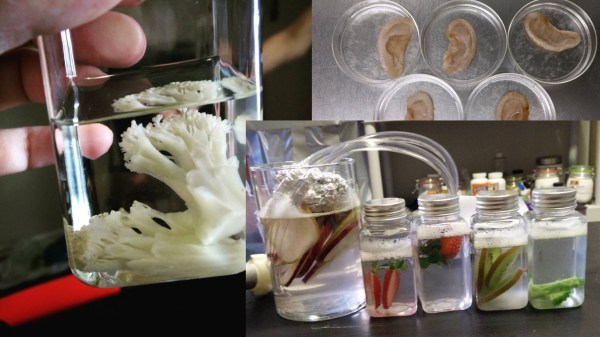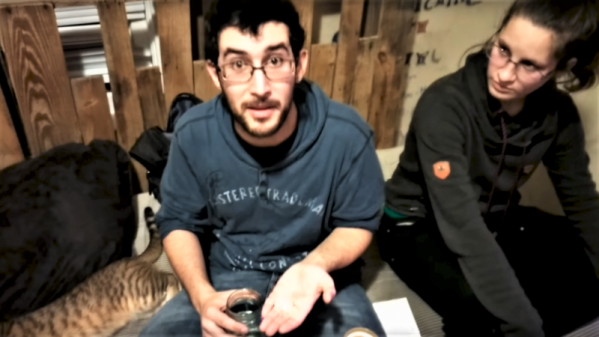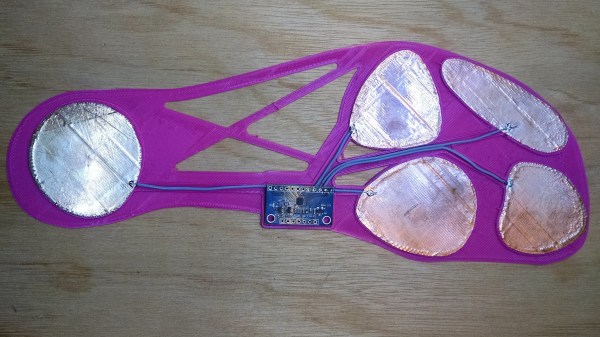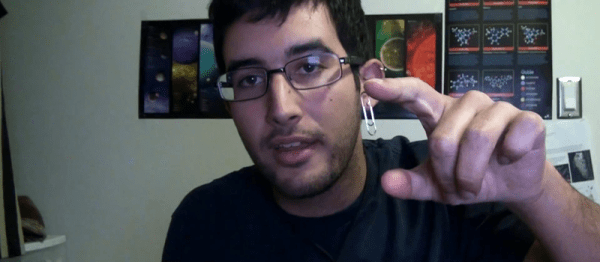Arguably the biggest hurdle to implanted electronics is in the battery. A modern mobile phone can run for a day or two without a charge, but that only needs to fit into a pocket and were its battery to enter a dangerous state it can be quickly removed from the pocket. Implantable electronics are not so easy to toss on the floor. If the danger of explosion or poison isn’t enough, batteries for implantables and ingestibles are just too big.
Researchers at MIT are working on a new technology which could move the power source outside of the body and use a wireless power transfer system to energize things inside the body. RFID implants are already tried and tested, but they also seem to be the precursor to this technology. The new implants receive multiple signals from an array of antennas, but it is not until a couple of the antennas peak simultaneously that the device can harvest enough power to activate. With a handful of antennas all supplying power, this happens regularly enough to power a device 0.1m below the skin while the antenna array is 1m from the patient. Multiple implants can use those radio waves at the same time.
The limitations of these devices will become apparent, but they could be used for releasing drugs at prescribed times, sensing body chemistry, or giving signals to the body. At this point, just being able to get the devices to turn on so far under flesh is pretty amazing.
Recently, we asked what you thought of the future of implanted technology and the comment section of that article is a treasure trove of opinions. Maybe this changes your mind or solidifies your opinion.






















